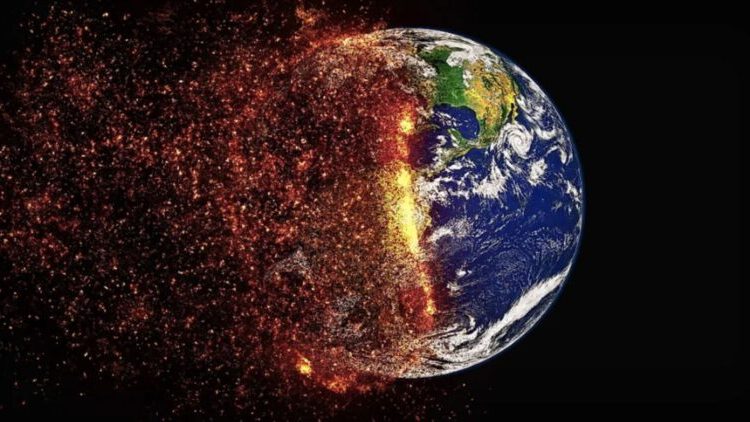By C. Sanz
According to calculations powered by supercomputers, life on Earth will be impossible in the year 1,000,002,021
The thought of Earth’s final day may seem distant, even unreal, but we know it will inevitably happen. Now a group of scientists working for NASA together with researchers from the University of Tōhō in Japan have calculated a timeline for the complete extinction of all life on Earth.
According to this calculations – which have been made possible by advanced mathematical models powered by supercomputers -, survival on planet Earth will be impossible in about 1 billion years, when conditions become too extreme for life as we know it.
So yes, we still have a few more years to go.While the moment arrives, space agencies around the world are launching missions to explore other planets, mainly Mars, with the aim to determine life conditions outside the Earth.
The Sun will end all life on Earth
For now, this story may sound like sci-fi. But as time goes by – a lot of time – the Sun will grow in size as it reaches the end of its life as a giant star. As it grows, the Sun will emit increasing amounts of thermal energy, and will eventually engulf all inner planets of the Solar system, including Earth. This process means that our days on Earth are numbered.
Advance mathematical models have predicted than the Sun expansion will significantly worsen air quality, as Earth temperatures rise. According to these calculations,life on Earth will be impossible by the year 1,000,002,021 – which means there are still 999,999,996 years to go until then.

Although the end is still billions of years away, the Sun is already causing some disturbances. Last year, NASA detected a large number of solar eruptions and coronal mass ejections (CME) which ejected billions of tons of particles and magnetic field towards Earth – resulting in the most intense solar storm in two decades. Solar storms are known to cause changes in the atmosphere, reducing available oxygen. As time goes by, this phenomena will continue to alter the atmosphere,reducing oxygen levels and increasing global temperatures.
Is there anything that can be done?
According to experts, technology developments can help delay or mitigate this apocalyptic scenario by coming up with new life-support systems that are able to provide large quantities of air and water in enclosed spaces – allowing humans to survive in artificial environments.
Breakthroughs in space colonization can provide an escape route way before our days on Earth come to an end. Mars remains the goal for human exploration because is one of the only other planets in the solar system where we know life may have existed. Elon Musk’s Space X goal pretends to do send humans to live in Mars with its Mars colonization program – an accomplishment he hopes will help him be remembered forever.
Climate change and its future effects
Our planet has supported life for billions of years, but it’s becoming more evident that we are testing its resilience. The alarming reality is that global warming is accelerating faster than scientists had initially predicted, and its effects – such as soaring temperatures and the rapid melting of polar ice – are more tangible every day. Human activities have accelerated environmental changes in a way that may not affect us directly, but which could create irreversible consequences for the planet over time.
While the end of life on Earth is far beyond our lifetimes, the countdown to creating a more sustainable world has already begun – the choices we make today are already shaping the distant future. There are countless ways in which we can reduce our environmental impact – no matter how small they seem, they contribute to a collective effort that can drive significant change.
















